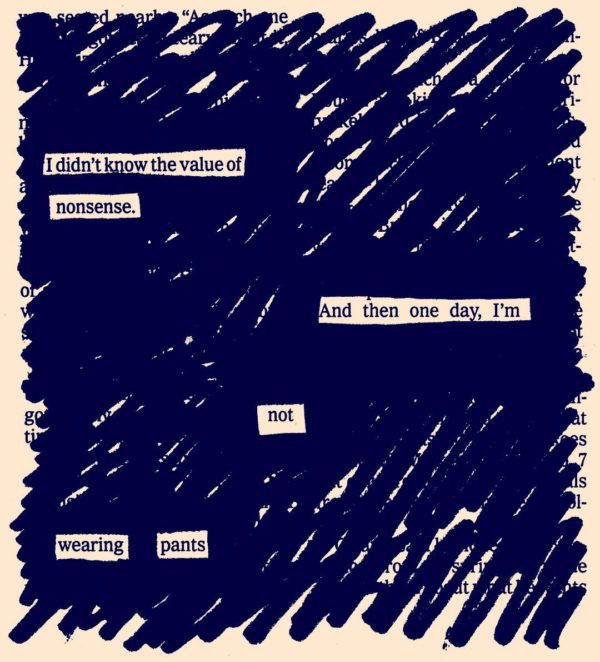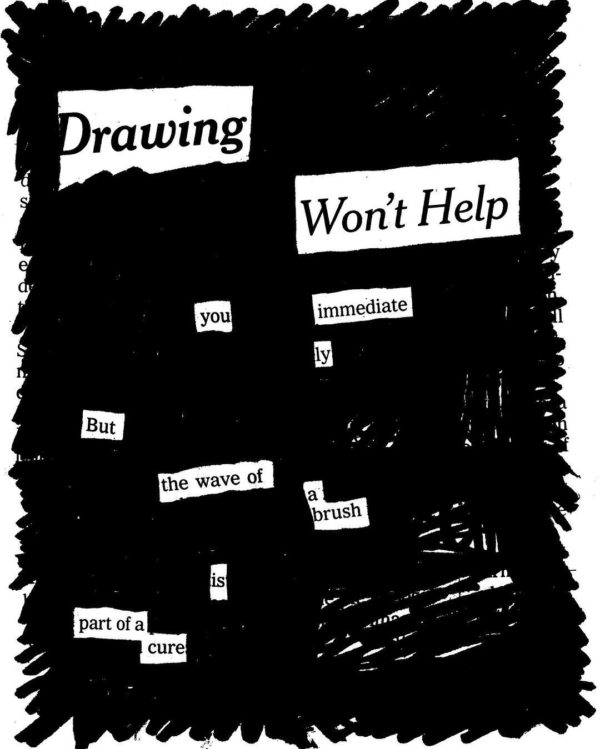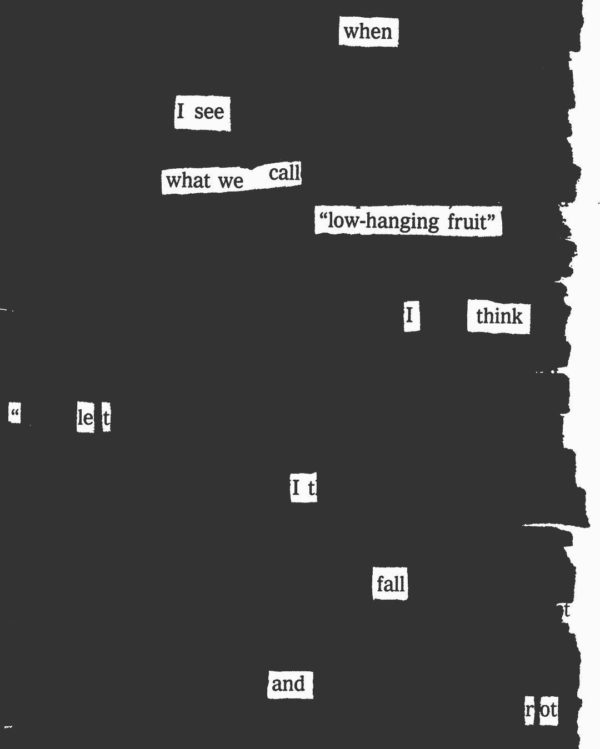
“I can’t be a pessimist,” James Baldwin said, “because I am alive.”
The value of nonsense

From scratch
Part of a cure

“When you draw,” says Ed Emberley, “you go away. You go to another place. It’s a safe place. And it’s a real place.”
“A piece of paper is a place,” says Lynda Barry. “The thing you draw with is the way you travel through that place.”
“I make places I want to go to,” says Renee French.
“It’s sublime,” said Maurice Sendak, “to go into another room and make pictures. It’s magic time, where all your weaknesses of character, the blemishes of your personality, whatever else torments you, fades away, just doesn’t matter.”
In Jules Feiffer’s house when he was growing up, “Everything was a secret. So in order to make my own secrets, to establish my own way out of things I couldn’t understand, [I drew]. And it’s a way of not just escape, but of survival.”
“Drawing is 50,000 years old, isn’t it?” says David Hockney. “I think it comes from very deep within us. When all those people in the 1970s were trying to give up drawing, I did go and see them and they said: ‘Oh, you don’t need to draw now.’ And I did point out: ‘Well, why don’t you tell that to that little child there? Tell them you don’t need to draw and see what happens.’”
“Drawing is my way of explaining to myself what goes on in my mind,” said Saul Steinberg. “It’s not I who makes this drawing. It’s the hand that drew that makes it.”
“As kids,” Lynda Barry says, “we went to the page to find something, to have an experience. As adults, she says, “we have it backwards.” We think that we need to have an experience before we go to the page.
Cy Twombly: “It’s more like I’m having an experience than making a picture.”
Ken Robinson tells this story: “A little girl was in a drawing lesson. [The teacher] said, ‘What are you drawing?’ And the girl said, ‘I’m drawing a picture of God.’ And the teacher said, ‘But nobody knows what God looks like.’ And the girl said, ‘They will in a minute.’”
“Drawing isn’t work,” says a character in Christophe Blain’s Isaac The Pirate. “It’s a form of prayer.”
Low-hanging fruit

Whenever I’m told to go after “low-hanging fruit,” I think of drawing a cartoon with two characters standing over a tombstone.
“He picked the low-hanging fruit,” one says.
“Yeah,” says the other. “But he never climbed the tree.”
- ← Newer posts
- 1
- …
- 11
- 12
- 13
- 14
- 15
- …
- 91
- Older posts→
